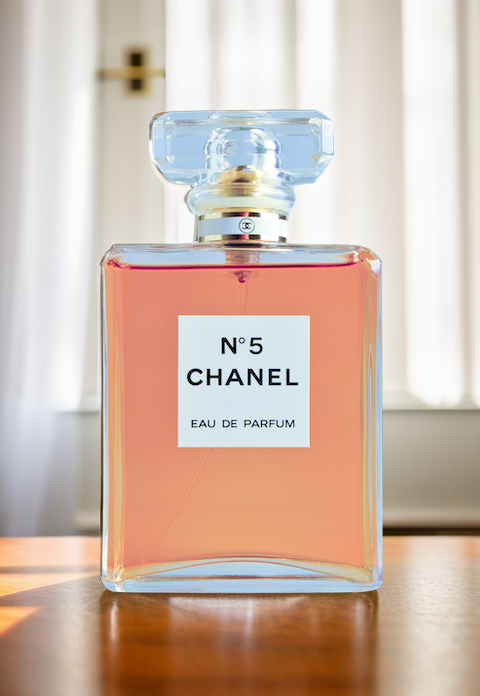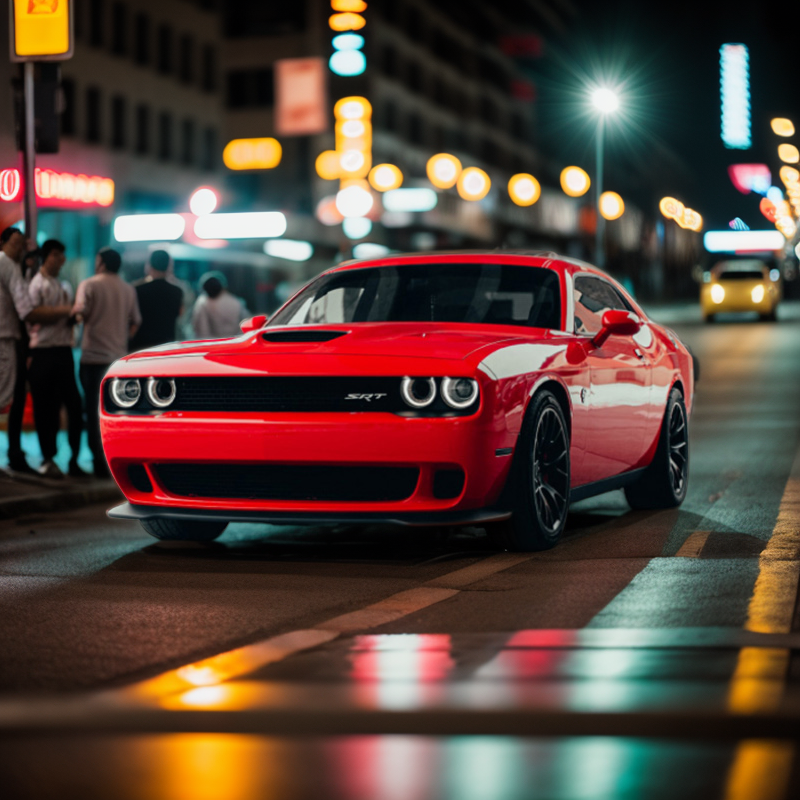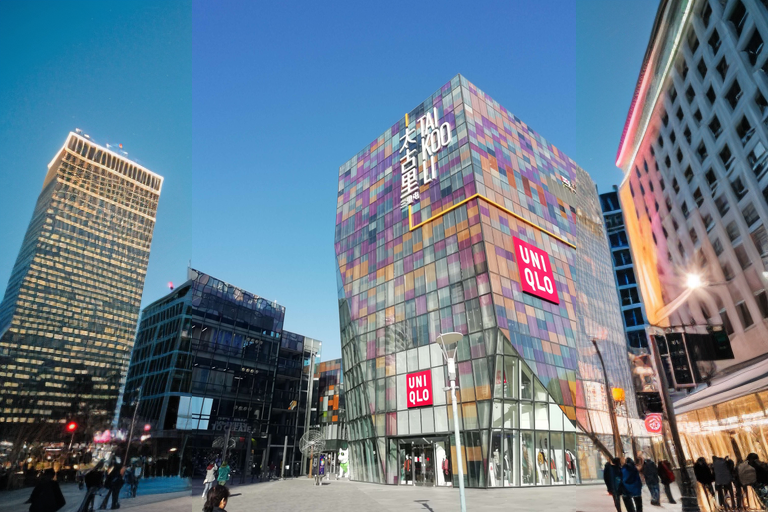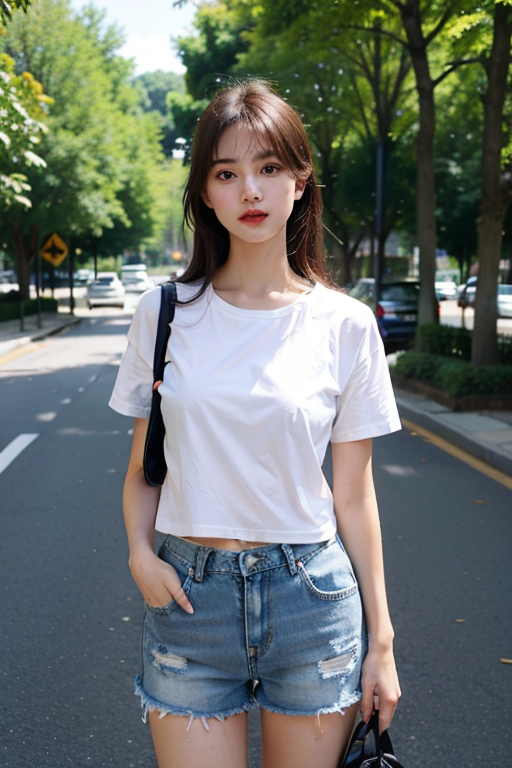simple-background
Maintainer: wolverinn

2

| Property | Value |
|---|---|
| Model Link | View on Replicate |
| API Spec | View on Replicate |
| Github Link | View on Github |
| Paper Link | No paper link provided |
Create account to get full access
Model overview
The simple-background model is a Stable Diffusion-based AI model that allows you to replace the background of an image. It was created by the Replicate developer wolverinn. This model is similar to other Replicate models like [object Object], [object Object], and [object Object] that also leverage Stable Diffusion for image manipulation tasks.
Model inputs and outputs
The simple-background model takes in an image, a prompt, and a negative prompt as inputs. The output is a new image with the background replaced based on the provided prompt.
Inputs
- Image: The image to replace the background of
- Prompt: The text description to guide the background replacement
- Negative Prompt: Text to specify unwanted elements in the output image
Outputs
- Output Image: The image with the background replaced according to the provided prompt
Capabilities
The simple-background model can effectively replace the background of an image with a new one based on the provided prompt. It leverages the power of Stable Diffusion to generate a realistic new background that matches the desired description.
What can I use it for?
The simple-background model can be used for a variety of creative and practical applications. For example, you could use it to replace the background of product photos, create unique portrait images, or generate fantasy landscapes. The model's ability to precisely replace backgrounds based on a text prompt makes it a versatile tool for image editing and creation.
Things to try
One interesting thing to try with the simple-background model is experimenting with different prompts to see the variety of background styles it can generate. You could also try combining it with other Replicate models like [object Object] or [object Object] to further enhance your image editing capabilities.
This summary was produced with help from an AI and may contain inaccuracies - check out the links to read the original source documents!
Related Models

realistic-background

68
The realistic-background model, created by wolverinn, is a Stable Diffusion and ControlNet-based system that can replace the background of an image. This model is similar to other background replacement models like realisticoutpainter, stable-diffusion-inpainting, and sdxl-controlnet, which also leverage Stable Diffusion and ControlNet capabilities. Model inputs and outputs The realistic-background model takes an image as input and generates a new image with the background replaced. The key inputs include the source image, prompt, negative prompt, steps, CFG scale, sampler name, denoising strength, and other parameters that control the generation process. The model outputs the generated image with the new background. Inputs Image**: The source image to have the background replaced Prompt**: The text prompt describing the desired new background Negative prompt**: The text prompt describing undesired aspects in the generated image Steps**: The number of diffusion steps to take during generation CFG scale**: The guidance scale, controlling the strength of the prompt Sampler name**: The specific sampler algorithm to use during generation Denoising strength**: The strength of denoising applied to the output image Other parameters**: Maximum width/height, only masked padding pixels, etc. Outputs Image**: The generated image with the background replaced Payload**: Additional data returned with the image Capabilities The realistic-background model can effectively replace the background of an image with a new background generated based on the provided prompt. This can be useful for tasks like product photography, real estate, and creating visually compelling digital art. The model leverages the capabilities of Stable Diffusion and ControlNet to seamlessly blend the new background with the original subject. What can I use it for? The realistic-background model can be used for a variety of applications, such as: Product photography**: Replace the background of product images to create a more visually appealing and consistent look across a product catalog. Real estate**: Replace the background of property images to showcase the home in an idealized setting. Digital art**: Use the model to generate new backgrounds for existing artwork or photographs, allowing for the creation of unique and imaginative compositions. Social media and marketing**: Enhance visual content by replacing the background of images to better align with a brand's aesthetic or messaging. Things to try One interesting aspect of the realistic-background model is its ability to blend the new background with the original subject in a natural and seamless way. You can experiment with different prompts to see how the model handles various types of backgrounds, from natural landscapes to urban settings. Additionally, you can try adjusting the model's parameters, such as the CFG scale and denoising strength, to find the optimal settings for your specific use case.
Updated Invalid Date

realisticoutpainter

15
realisticoutpainter is an AI model that allows users to outpaint images using Stable Diffusion and ControlNet. It was created by wolverinn, who has developed several other Stable Diffusion-based models like stable-diffusion-inpainting, sdxl-outpainting-lora, and controlnet-x-majic-mix-realistic-x-ip-adapter. The realisticoutpainter model allows users to generate high-quality outpainted images by leveraging the capabilities of Stable Diffusion and ControlNet. Model inputs and outputs The realisticoutpainter model takes an input image and a prompt, and generates an outpainted version of the image. Users can also control various parameters like the number of steps, cfg scale, sampler, and denoising strength. Inputs Image**: The input image to be outpainted Prompt**: The text prompt that describes the desired output image Steps**: The number of steps to use for the outpainting process Cfg Scale**: The guidance scale to control the influence of the prompt Sampler Name**: The sampling algorithm to use for the outpainting Negative Prompt**: The text prompt that describes what the model should avoid generating Denoising Strength**: The strength of the denoising process Outpaint Direction**: The direction to outpaint the image (width, height, or both) Overlay Original Img**: Whether to overlay the original image on top of the generated image Outputs Image**: The outpainted version of the input image Payload**: Additional information about the outpainting process Capabilities The realisticoutpainter model leverages the power of Stable Diffusion and ControlNet to generate high-quality outpainted images. It can handle a wide range of prompts and input images, and users can fine-tune various parameters to achieve the desired output. The model also supports multi-user queuing and the ability to change models separately without affecting other users. What can I use it for? The realisticoutpainter model can be used for a variety of creative and practical applications. For example, you could use it to extend the boundaries of existing images, create new artwork, or generate concept art for games or movies. The model's support for ControlNet and Lora models also allows for more advanced use cases, such as incorporating specific styles or effects into the outpainted images. Things to try One interesting aspect of the realisticoutpainter model is its ability to handle different outpaint directions. You could experiment with outpainting in the width, height, or both directions to see how the output changes. Additionally, you could try using different sampler algorithms or playing with the denoising strength to achieve different visual styles. The model's support for Lora and Civitai models also opens up possibilities for incorporating custom styles and effects into the outpainted images.
Updated Invalid Date

webui-api

4
webui-api is an AI model developed by wolverinn that provides a server API for the Stable Diffusion WebUI, including full support for extensions. It allows users to utilize the capabilities of Stable Diffusion WebUI, such as text-to-image generation, image-to-image, and more, through a simple API. This model is similar to other Stable Diffusion-based models like majicmix-realistic-sd-webui, animagine-xl-3.1, realistic-background, and cog-a1111-webui, all of which aim to provide user-friendly interfaces for Stable Diffusion. Model inputs and outputs webui-api allows users to generate, manipulate, and manage images using Stable Diffusion through a simple API. The model accepts inputs such as text prompts, images, and various configuration parameters, and returns generated images and other relevant data. Inputs api**: The API path, e.g., /sdapi/v1/txt2img method**: The HTTP method, such as get or post payload**: The API payload, which is a JSON-formatted string Outputs images**: An array of generated image URLs payload**: The API response payload Capabilities webui-api provides a comprehensive set of features for working with Stable Diffusion, including support for text-to-image generation, image-to-image manipulation, and more. It also supports extensions and custom models, allowing users to leverage advanced capabilities like ControlNet. The model is designed to be highly scalable and versatile, making it a powerful tool for a wide range of image-generation and -manipulation tasks. What can I use it for? With webui-api, users can build their own custom user interfaces, community features, and even monetized services around Stable Diffusion. The model's support for extensions and custom models allows for a high degree of flexibility, enabling users to tailor the system to their specific needs. Whether you're looking to create a professional image-generation platform, a community-driven art hub, or a novel application of Stable Diffusion, webui-api provides a robust and scalable foundation to build upon. Things to try One interesting aspect of webui-api is its support for multi-user queuing and model management. This allows users to deploy multiple Stable Diffusion models on a single GPU card and ensure that each user's requests are processed separately, without affecting each other. This can be particularly useful for building collaborative platforms or applications with high demand for image generation. Another unique feature of webui-api is its load-balancing capabilities, which automatically distribute user requests across multiple GPU servers. This ensures efficient resource utilization and high availability, making the system suitable for deployments at scale.
Updated Invalid Date

rembg

6.2K
rembg is an AI model developed by cjwbw that can remove the background from images. It is similar to other background removal models like rmgb, rembg, background_remover, and remove_bg, all of which aim to separate the subject from the background in an image. Model inputs and outputs The rembg model takes an image as input and outputs a new image with the background removed. This can be a useful preprocessing step for various computer vision tasks, like object detection or image segmentation. Inputs Image**: The input image to have its background removed. Outputs Output**: The image with the background removed. Capabilities The rembg model can effectively remove the background from a wide variety of images, including portraits, product shots, and nature scenes. It is trained to work well on complex backgrounds and can handle partial occlusions or overlapping objects. What can I use it for? You can use rembg to prepare images for further processing, such as creating cut-outs for design work, enhancing product photography, or improving the performance of other computer vision models. For example, you could use it to extract the subject of an image and overlay it on a new background, or to remove distracting elements from an image before running an object detection algorithm. Things to try One interesting thing to try with rembg is using it on images with multiple subjects or complex backgrounds. See how it handles separating individual elements and preserving fine details. You can also experiment with using the model's output as input to other computer vision tasks, like image segmentation or object tracking, to see how it impacts the performance of those models.
Updated Invalid Date